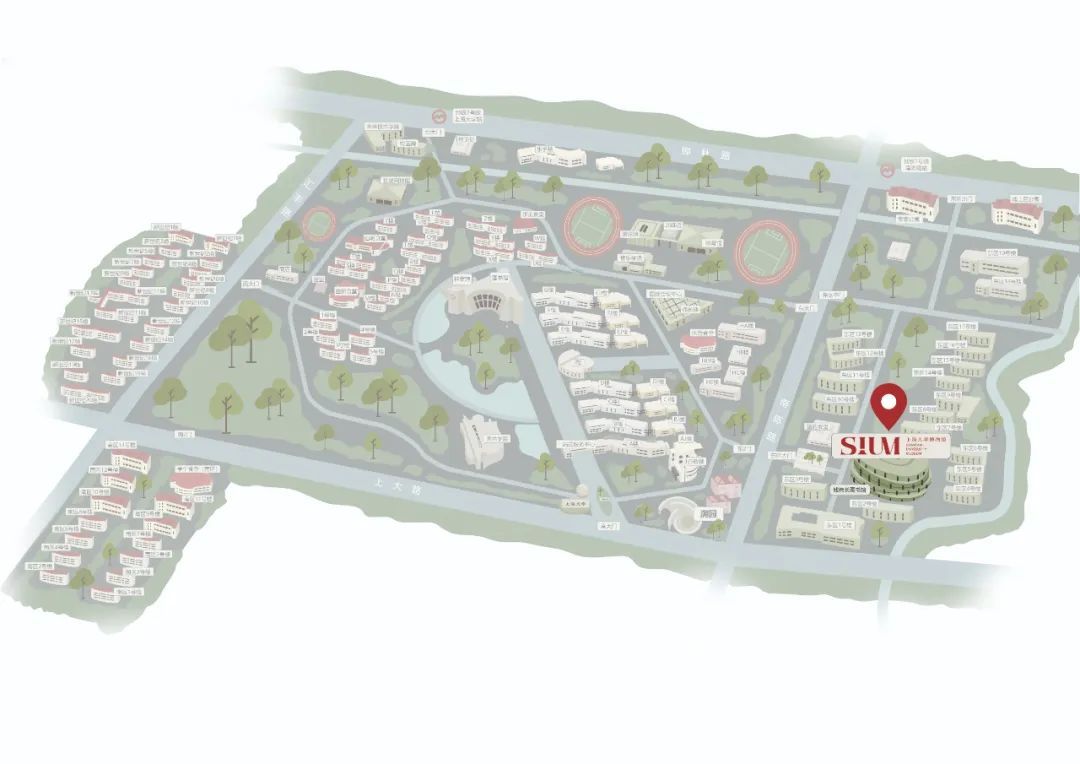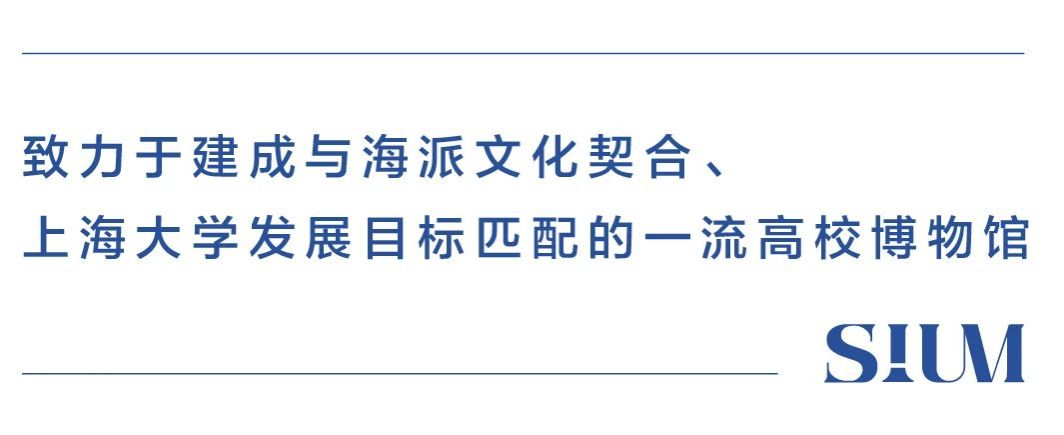
“沉睡三千年,一醒惊天下”的三星堆遗址,是中华文明璀璨星河中明亮而神奇的一颗。
罗丹是“现代雕塑之父”,他的作品中饱含对生命、自然的歌颂、热爱与忧思。
在上海大学博物馆举办的特展——“青铜之光:三星堆与罗丹的超时空对话”展出了许多三星堆、金沙遗址出土文物和罗丹及其同时代雕塑家的作品,让我们一起来详细了解展品背后的故事吧!
青铜人面具
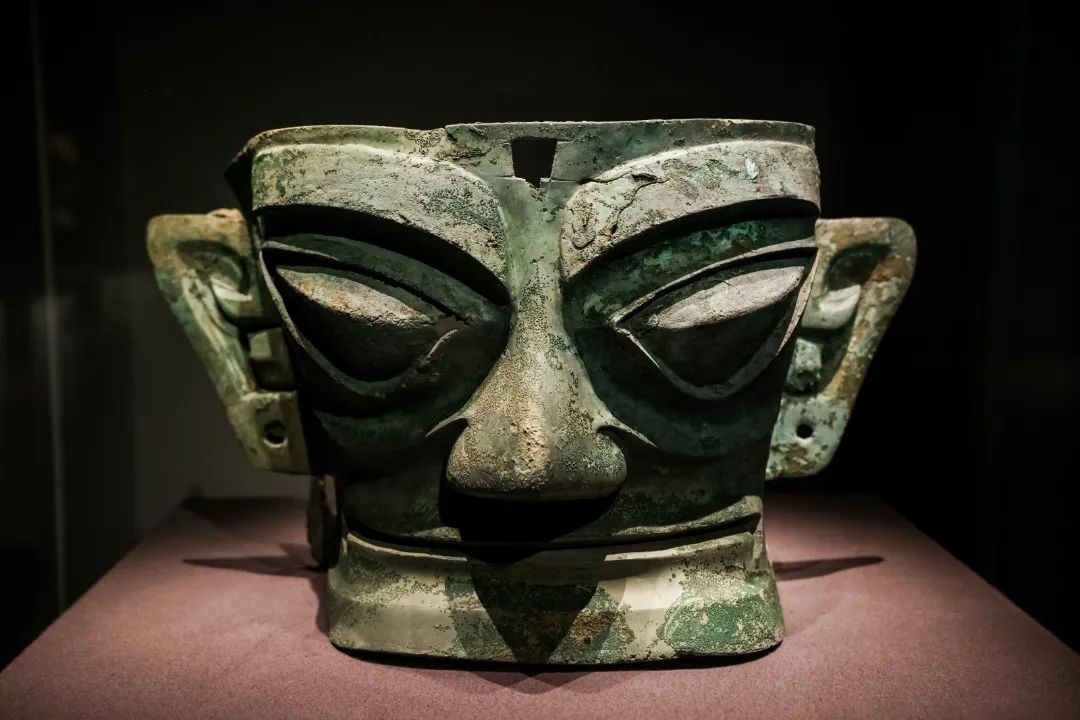
· 商代后期(公元前1300年—前1100年)
· 两耳宽43.5厘米,前后宽24.8厘米,高24.8厘米
· 2021年出土于四川广汉三星堆遗址三号祭祀坑,K3QW:894
· 四川省文物考古研究院藏
· Late Shang Dynasty (1300B.C.-1100B.C.)
· Horia Dia.W. 43.5cm; Vert Dia.W. 24.8cm; H. 24.8cm
· Unearthed from No. 3 sacrificial pit at the Sanxingdui Site in Guanghan, Sichuan, in 2021,K3QW:894
· Collection of Sichuan Provincial Cultural Relics and Archaeology Research Institute
脸形方阔,粗斜眉,眼睛上挑,颧骨略凸,鼻翼较宽,蒜头鼻,阔口紧闭。长方形大耳外张,耳廓较宽,饰有卷云纹,两耳垂各有一圆孔。两侧眉梢末端及耳后各铸有一方形穿孔,额中亦有一方形穿孔。铸造方孔的目的可能是便于安装其他附件,或者是将面具装配固定在神像上。
三星堆遗址出土的青铜面具主要采用分铸法的方式铸造而成,可以将其铸件分为耳、脸颊、面部等几个部分,耳与脸颊的结合处预铸上下排列的长方形孔,以便将先铸的耳焊接于主体之上。这些表情威严神圣而又具有很高的艺术性的青铜面具,生动展示了古蜀文明精湛、高超的青铜铸造技艺。
It features a square and broad face with thick and slanted eyebrows. The eyes are slanted upwards, and the cheekbones are slightly bulging. The nose is wide and bulbous. The lips are wide and tightly closed. The bronze mask has large rectangular-shaped ears that protrude outward. The outer parts of the ears are wide and adorned with Juanyun Wen(卷云纹, curling-cloud pattern). Each earlobe has a round hole. At the outer ends of the eyebrows and behind the ears, there are square-shaped perforations. Additionally, there is also a square-shaped perforation in the center of the forehead. The purpose of the square holes might be used to facilitate the installation of additional accessories or to securely attach the mask to a divine statue.
The bronze masks unearthed from the Sanxingdui Site were primarily cast by using Fenzhu Fa(分铸法, the main body and accessories of a bronze ware separately cast and then integrated). The parts of the masks, such as ears, cheeks, and faces, were cast separately. At the junction of the ears and cheeks, rectangular perforations were pre-cast vertically, so as to weld the prefabricated ears onto the main body. These bronze masks, with their solemnity, sacredness, and remarkable artistic values, vividly showcase the exquisite bronze casting craftsmanship of the ancient Shu civilization.
青铜人面具
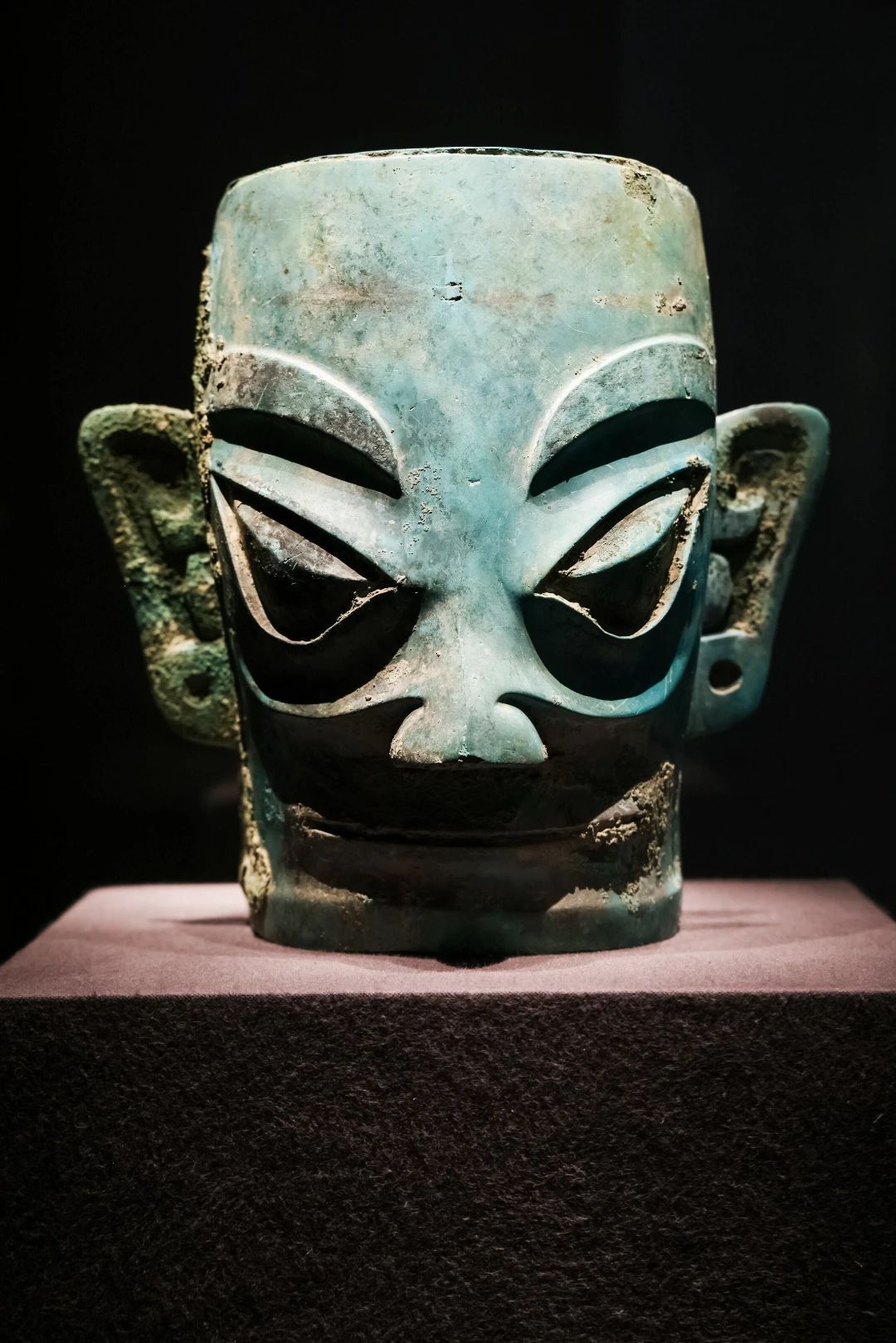
· 商代后期(公元前1300年—前1100年)
· 两耳宽16.6厘米,前后宽15厘米,高15.5厘米
· 2021年出土于四川广汉三星堆遗址三号祭祀坑,K3QW:12
· 四川省文物考古研究院藏
· Late Shang Dynasty (1300B.C.-1100B.C.)
· Horiz Dia.W. 16.6cm; Vert Dia.W. 15cm ;H. 15.5cm
· Unearthed from No. 3 sacrificial pit at the Sanxingdui Site in Guanghan, Sichuan, in 2021,K3QW:12
· Collection of Sichuan Provincial Cultural Relics and Archaeology Research Institute
器型中空,面形瘦长,粗眉大眼,眼睛上挑,鼻梁较棱,鼻翼较宽,阔口紧闭,神情严肃。长方形竖耳,耳廓饰有卷云纹,耳垂各有一圆形穿孔。双耳后缘上、下各有一小穿孔。
三星堆遗址出土的青铜面具是三星堆文物中极具特色和最具精神文化内涵的文物之一,为夏商时代的中原文化中所未见。它们应是古蜀王国信仰世界中的祖神或天神,被供奉于神庙殿堂之上, 受人顶礼膜拜,反映出古蜀先民认为面具代表神灵,或借助面具与神灵对话交往。这些面具虽然相似,但无一相同,这种庄严肃穆的风格是附着于古蜀王国的神权统治,它们都是神权统治的产物。
This mask is hollowed out, with an elongated face, thick eyebrows, and large eyes that are slanted upwards. The nose bridge is relatively sharp and the nostrils are wide. The lips are wide and tightly closed, demonstrating a serious expression. The rectangular-shaped ears are vertically oriented. The outer parts of the ears are adorned with Juanyun Wen (卷云纹, curling-cloud pattern), and each earlobe has a large round perforation. There is a small perforation on the upper and lower edges behind both ears respectively.
The bronze masks unearthed from the Sanxingdui Site are among the most distinctive objects imbued with spiritual significance. They are unlike anything previously seen in the culture of the Central Plains in the Xia and Shang Dynasties. These masks are said to represent ancestral gods or celestial deities in the faith system of the ancient Shu people, which were worshipped or revered in holy temples. This reflects that the ancient Shu people understood these masks as symbols of deities or as a medium for the communion with deities. Although these masks bear similarities, none of them are exactly alike. Their solemn and dignified style stemmed from the theocratic rule of the ancient Shu Kingdom.
展览时间:
2023年12月13日至2024年2月1日
展览地点:
上海大学博物馆一层临展厅
(上海市宝山区南陈路333号)
开放时间:
周一至周日8:30-16:30(16:00停止入馆)
校内师生凭本人一卡通入馆,无需预约。
校外观众采取网上预约方式入馆,扫描下方二维码或关注“上海大学博物馆”微信公众号,点击“个人预约”。
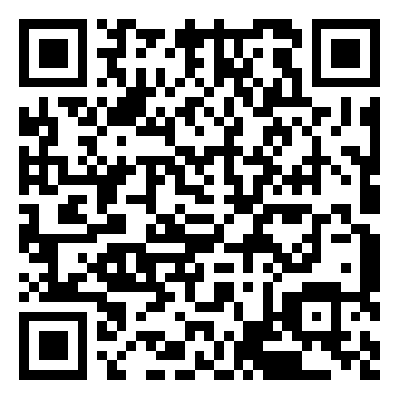
/地址/
上海大学博物馆
(南陈路333号)
